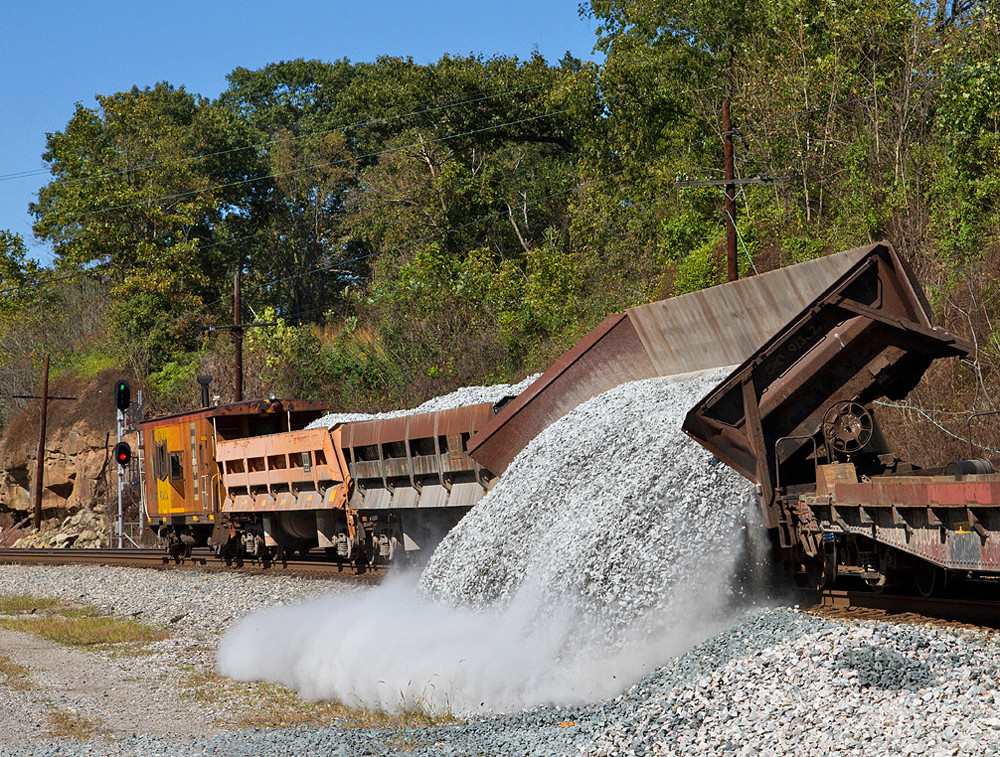
Track ballast Down below the trains, below the rails, the tie plates, and the ties, is a lowly yet vital component of railroading — track ballast. While ballast may not be at the top of anyone’s list of rail topics, it’s literally part of the foundation of railroads, and it can comprise more than 80% […]
Read More…

Crossties Back in 1830, track structure was different from today: stone blocks supported wood stringers (or rails) surfaced with strap iron. During the harsh winter of 1832, shipments of stone blocks to the Camden & Amboy Railroad in New Jersey were curtailed. John L. Stevens, president and chief engineer of the railroad, ordered the substitution […]
Read More…
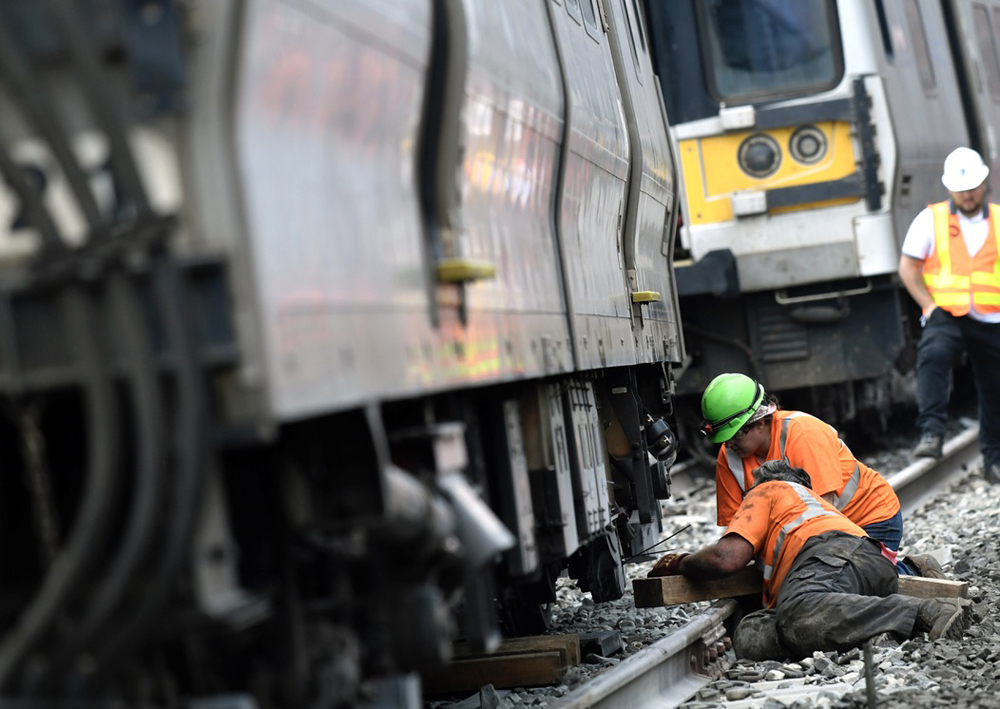
Railroading Railroading is violent business. Freight cars coupling sound like small explosions, diesel engines reverberate like distant thunder, and horns at grade crossings are so loud that even deaf people can feel them. So, with all of this violent sound going on, how do you get the attention of a railroader at work? Use more […]
Read More…
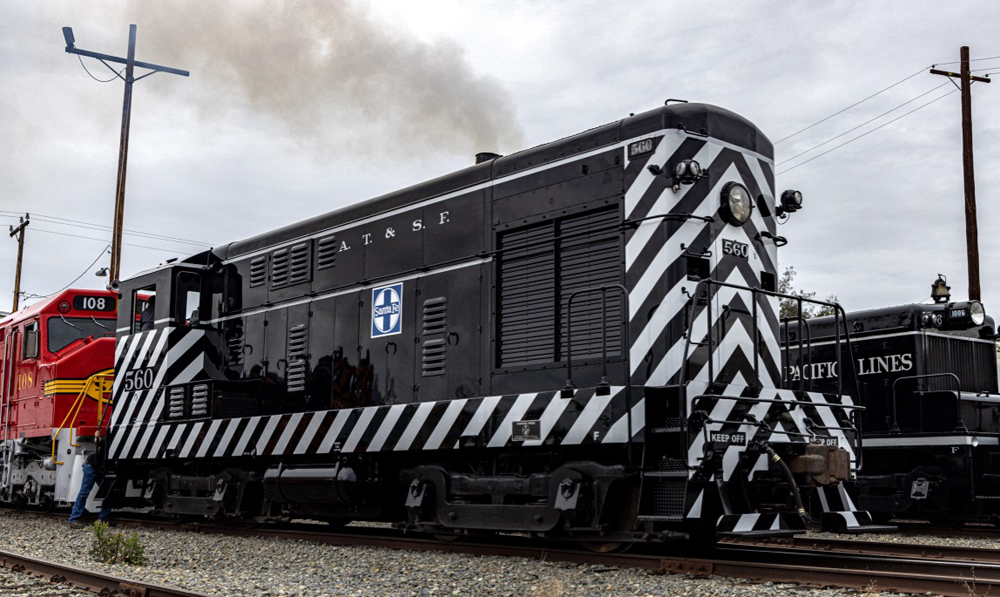
Diesel locomotives Elvis Presley may have had just one broken heart for sale back in 1963, but when it comes to the number of types of diesel locomotives built in the last three decades that you can find on most Class 1 railroads, the right number is five: switchers, light road-switchers, medium road-switchers, high-horsepower road-switchers, […]
Read More…
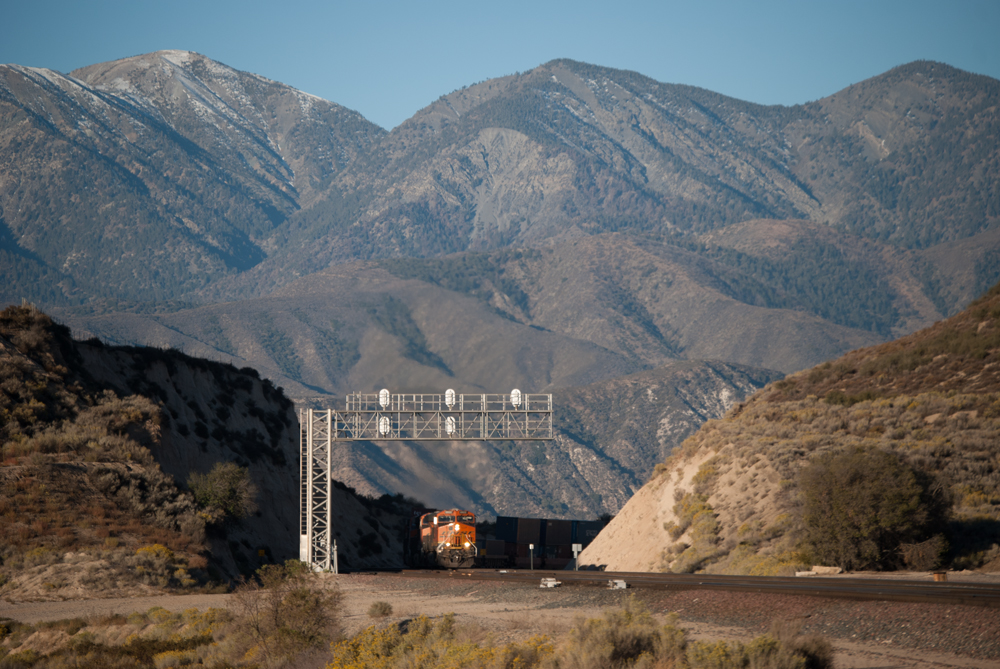
The dynamics of dynamic braking A half-century ago, when diesel locomotives were replacing steam engines, a revolutionary breakthrough — dynamic braking — was making freight operations safer and more efficient. Dynamic braking is the method of train braking whereby the kinetic energy of a moving train is used to generate electric current at the locomotive […]
Read More…
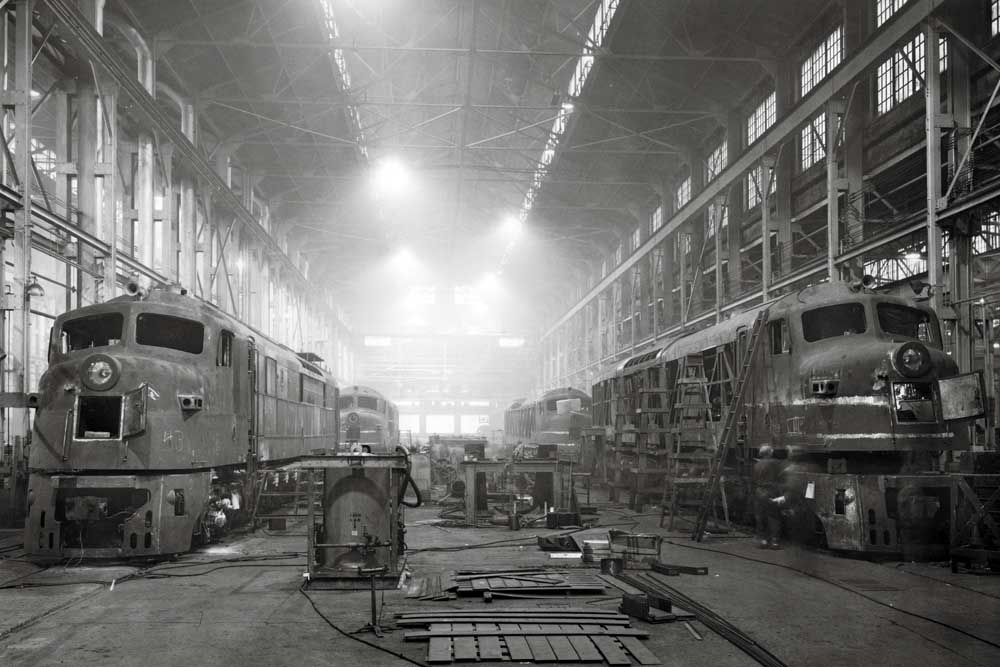
Diesel locomotive builders 1. American Locomotive Company For many years after World War II, Alco — the American Locomotive Company — was the second place diesel builder in the United States. The company’s history as a steam locomotive manufacturer dates from 1901. The Schenectady, N.Y.,-based firm began producing its first diesels in conjunction with suppliers […]
Read More…
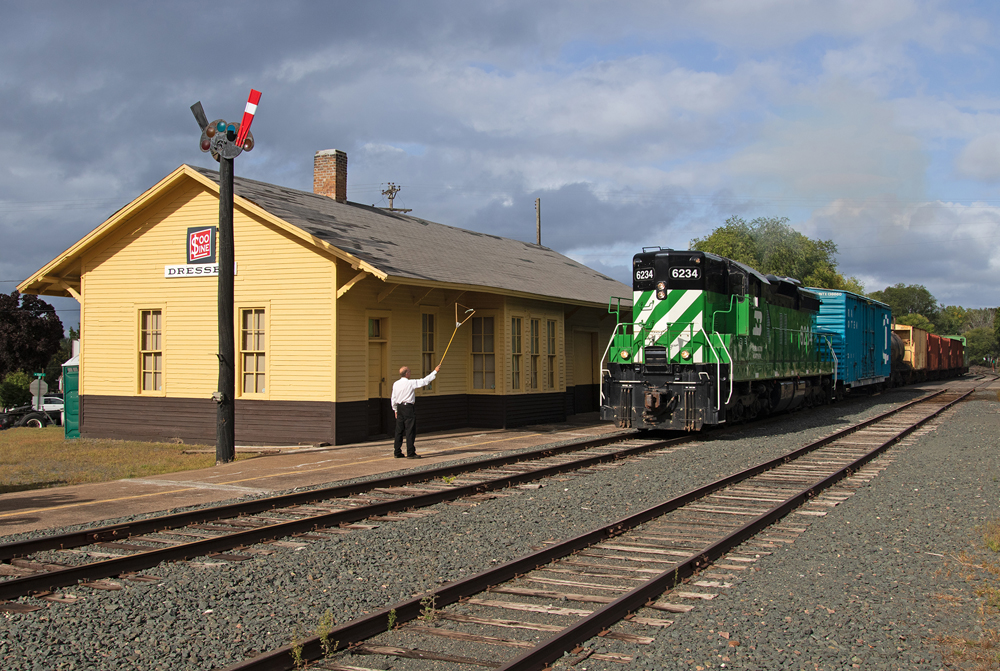
Train orders The train order, variously called the “flimsy” or the “tissue” — together with its attendant operators, train order offices, and order hoops — has been rendered obsolete by the radio, the computer, and amended work rules. With its passing in the late 1980s, so did a whole concept of railroad traffic control that […]
Read More…
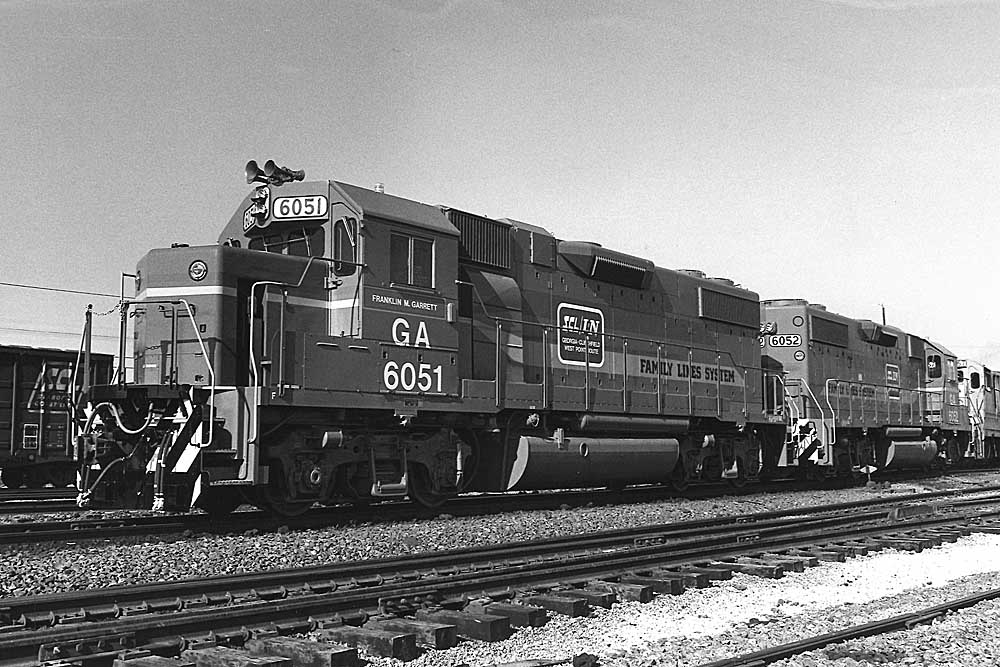
Railroad reporting marks Railroad cars are identified by two, three, or four letters and by a number of up to six digits. The letters, known as reporting marks, indicate the owner of the car, while the number places it in the owner’s fleet. Reporting marks ending in X indicate ownership by a private concern as […]
Read More…
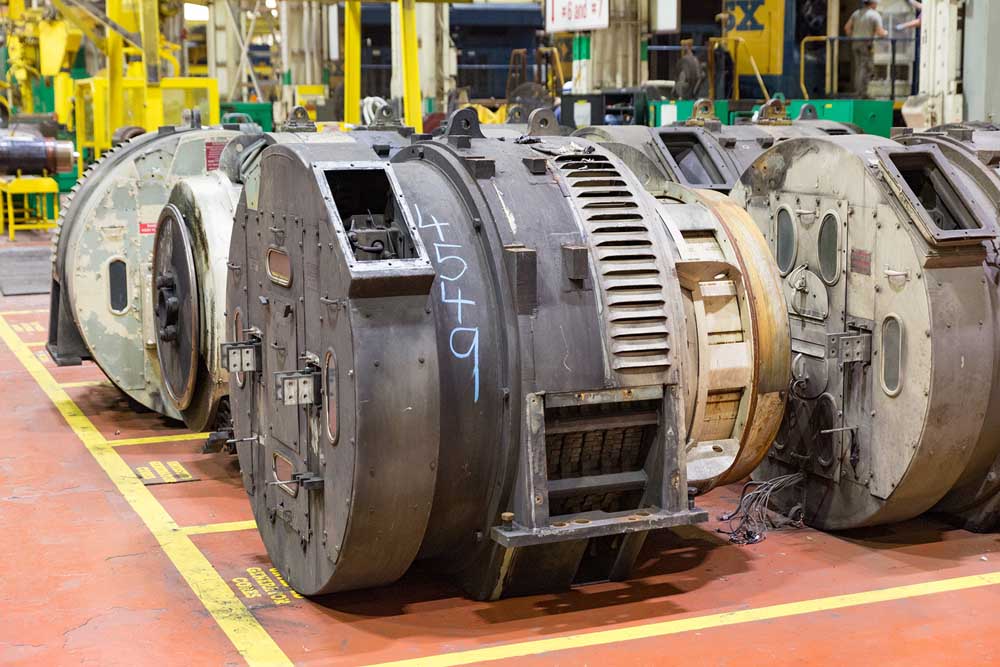
An EMD AR20 alternator from CSX SD70MAC 4549 at the railroad’s Huntington, W.Va., shop. Chris Guss Understanding brake horsepower: Diesel engines, like all engines, are built to perform a specific function. In a locomotive, that role is to provide power to move freight cars from one place to another. When buying locomotives, one thing management […]
Read More…
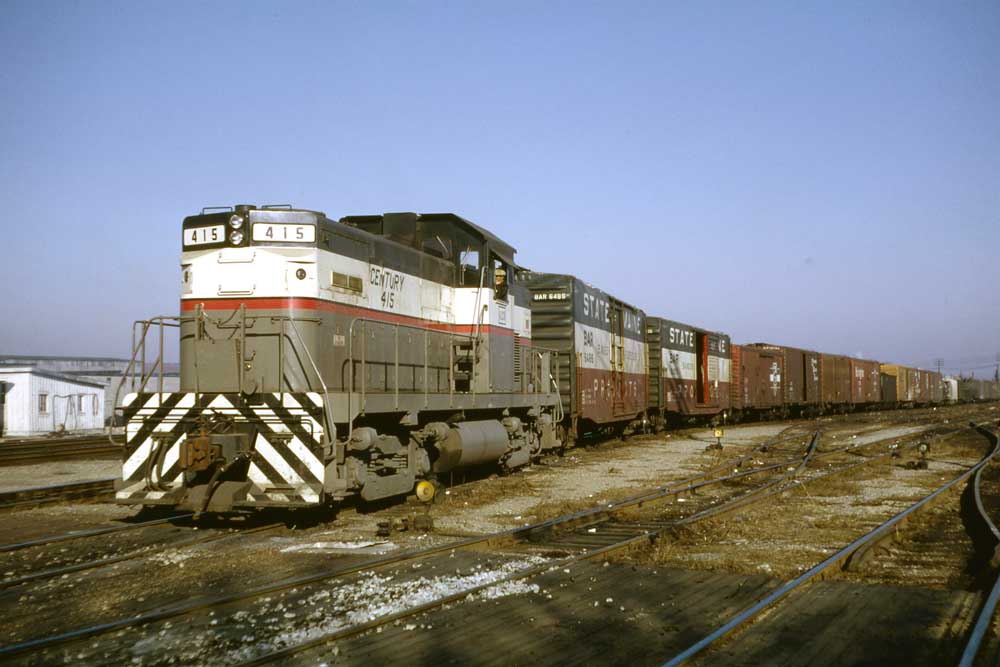
Five Alco locomotives no one wanted: In the annals of locomotive history, there are a great many success stories. The GP7, the U25B, and the SD40-2 spring to mind for many railfans. But among these successes, there are of course failures, models forgotten to time. This article highlights five locomotives from the famed manufacturer Alco […]
Read More…
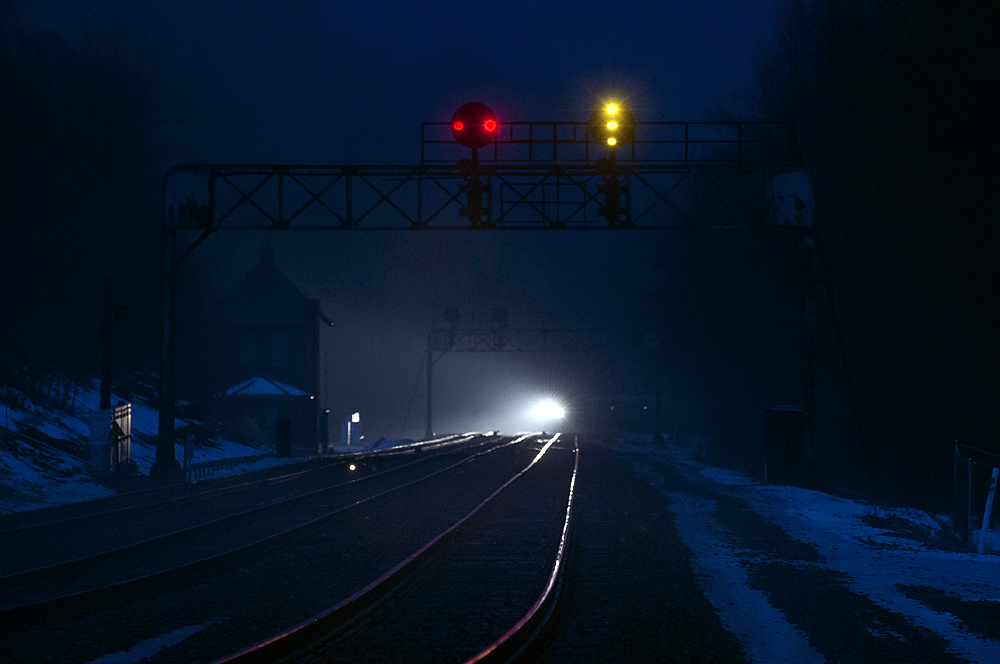
Railroading tools Railroads are fixed-guideway systems for transporting goods or people. Its basis is the low friction, and hence high efficiency, of a hard wheel rolling on a hard surface. They are made up of many elements: people doing different jobs, and hardware for them to use. The jobs range from laborer to strategic planner. […]
Read More…
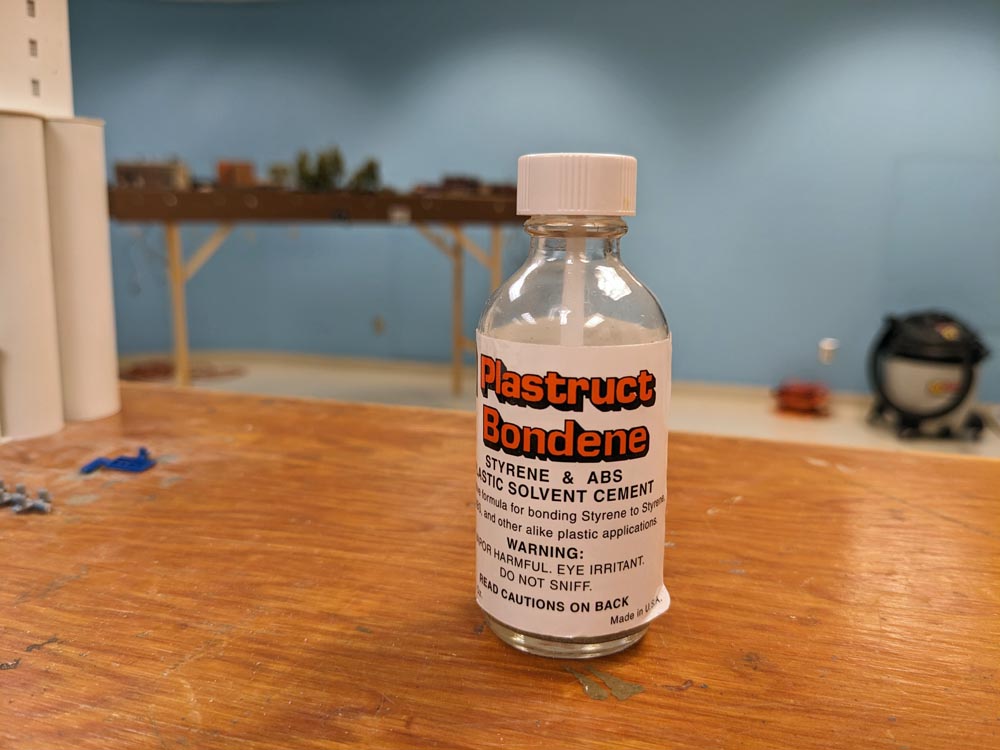
No matter what scale you’re modeling in or what era you prefer, there is no doubt that you’ll encounter the need to use an adhesive sooner than later. Whether it’s laying cork roadbed, building a structure, or applying detail parts, everyone needs a variety of adhesives for a variety of tasks. This list should help […]
Read More…












